Addiction Medicine Toolkit (CDC)
Addiction Medicine Primer (PDF)
Addiction Medicine Checklist (PDF)
Treatment of Substance Use Disorders: An Overview of Addiction Medicine
Treatment Options for Substance Use Disorders
Effective Communication in Treating Substance Use Disorders
Care Coordination in Treatment of Substance Use Disorders
Interactive Patient Case: Luis A.
Interactive Patient Case: Robert Z.
Interactive Patient Case: Ronya M.
Interactive Patient Case: Allison H.
Empathy: Talking to Patients About Substance Use Disorder
Motivational Interviewing to Help Your Patients Seek Treatment
Remove Stigma: Talk with Your Patients About Substance Use Disorder
CDC 2022 Clinical Practice Guideline
CDC Clinical Practice Guideline for Prescribing Opioids for Pain — United States, 2022
Medications for Opioid Use Disorder
Buprenorphine for the Treatment of Opioid Use Disorder (CDC)
Treatment Improvement Protocol (TIP) 63: Medications for Opioid Use Disorder (SAMHSA) (PDF)
Behavioral Health Treatment Services Locator (SAMHSA)
Opioid Treatment Program Directory (SAMHSA)
Medications for Substance Use Disorders (SAMHSA)
Motivational Interviewing module (CDC)
Naloxone
When to Offer Naloxone to Patients
Increase Naloxone Prescribing in Your Health System
When to Offer Naloxone to Patients in the Emergency Department
Pharmacists' Role in Naloxone Dispensing
What you Need to Know About Naloxone
How and When to Use Naloxone for an Opioid Overdose
Talking About Naloxone with Patients Prescribed Opioids
How to Save a Life with Naloxone
Addiction
According to the American Society of Addiction Medicine (ASAM), addiction is defined as "a treatable, chronic medical disease involving complex interactions among brain circuits, genetics, the environment, and an individual's life experiences. People with addiction use substances or engage in behaviors that become compulsive and often continue despite harmful consequences."1
Change talk
A person's own statements that favor change.2
Motivational interviewing (MI)
A collaborative conversation style for strengthening a person's own motivation and commitment to change.2 MI is patient-centered, collaborative, and guiding. It enhances a patient's intrinsic motivation to change behavior and explores and helps patients resolve contradicting feelings or ideas.
Naloxone
A drug that can reverse the effects of opioid overdose and can be lifesaving if administered in time.
Opioid use disorder (OUD)
A problematic pattern of opioid use leading to clinically significant impairment or distress. A diagnosis is based on specific Diagnostic and Statistical Manual of Mental Disorders, Fifth Edition (DSM-5) criteria, such as unsuccessful efforts to cut down or control use, or use resulting in social problems and a failure to fulfill obligations at work, school, or home, among other criteria.3
Reflective listening
The skill of "active" listening whereby the listener seeks to understand the speaker's subjective experience, offering reflections on and interpretations of the person's meaning.
Righting reflex
The desire to fix what seems wrong with people and to set them promptly on a better course, relying, in particular, on directing.2
Self-efficacy
A person's perceived ability to successfully achieve a particular goal or perform a particular task.2
1 American Society of Addiction Medicine. (2019). Definition of Addiction. Retrieved May 27, 2021, from https://www.asam.org/Quality-Science/definition-of-addiction
2 Miller, W. R., & Rollnick, S. (2013). Motivational interviewing: Helping People Change. 3rd ed. New York: Guilford Press.
3 American Psychiatric Association: Diagnostic and Statistical Manual of Mental Disorders, Fifth Edition. Arlington, VA, American Psychiatric Association, 2013.
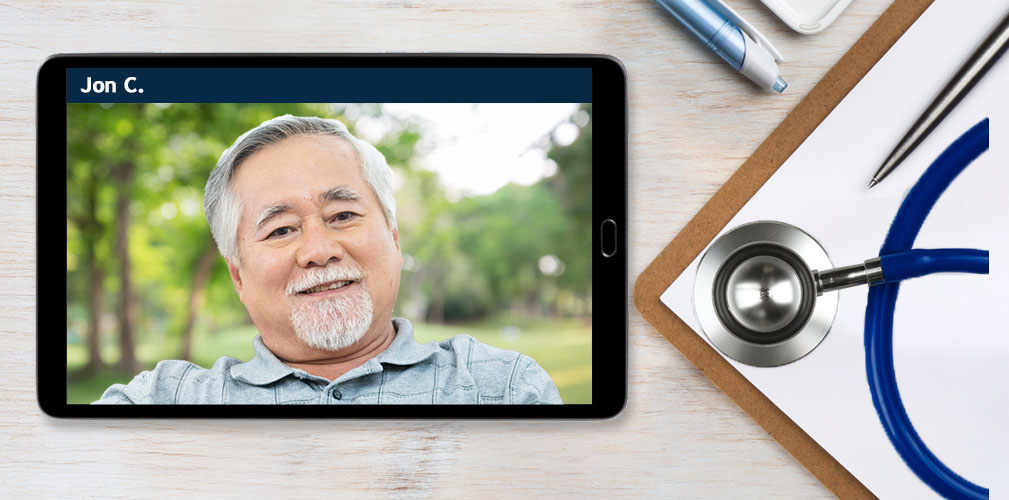
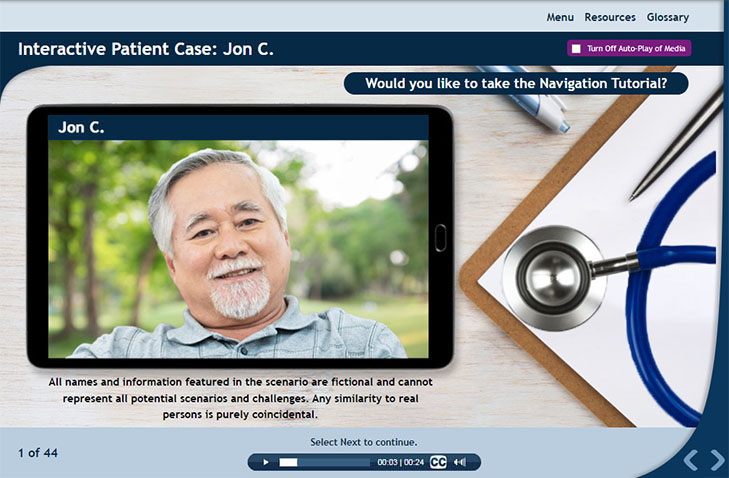
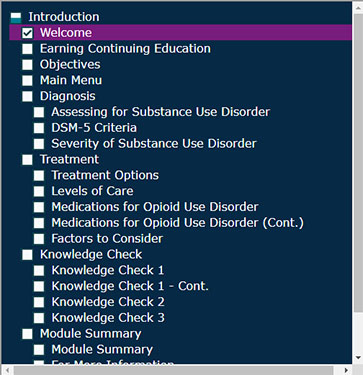
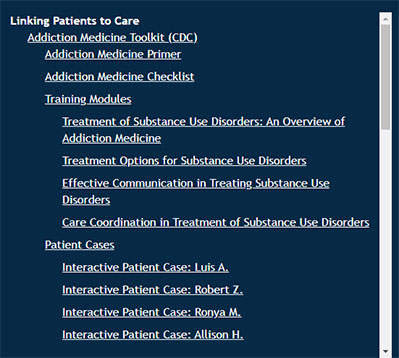
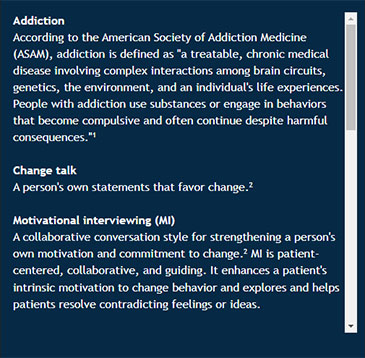



All names and information featured in the scenario are fictional and cannot represent all potential scenarios and challenges. Any similarity to real persons is purely coincidental.
